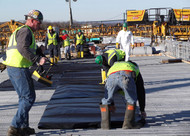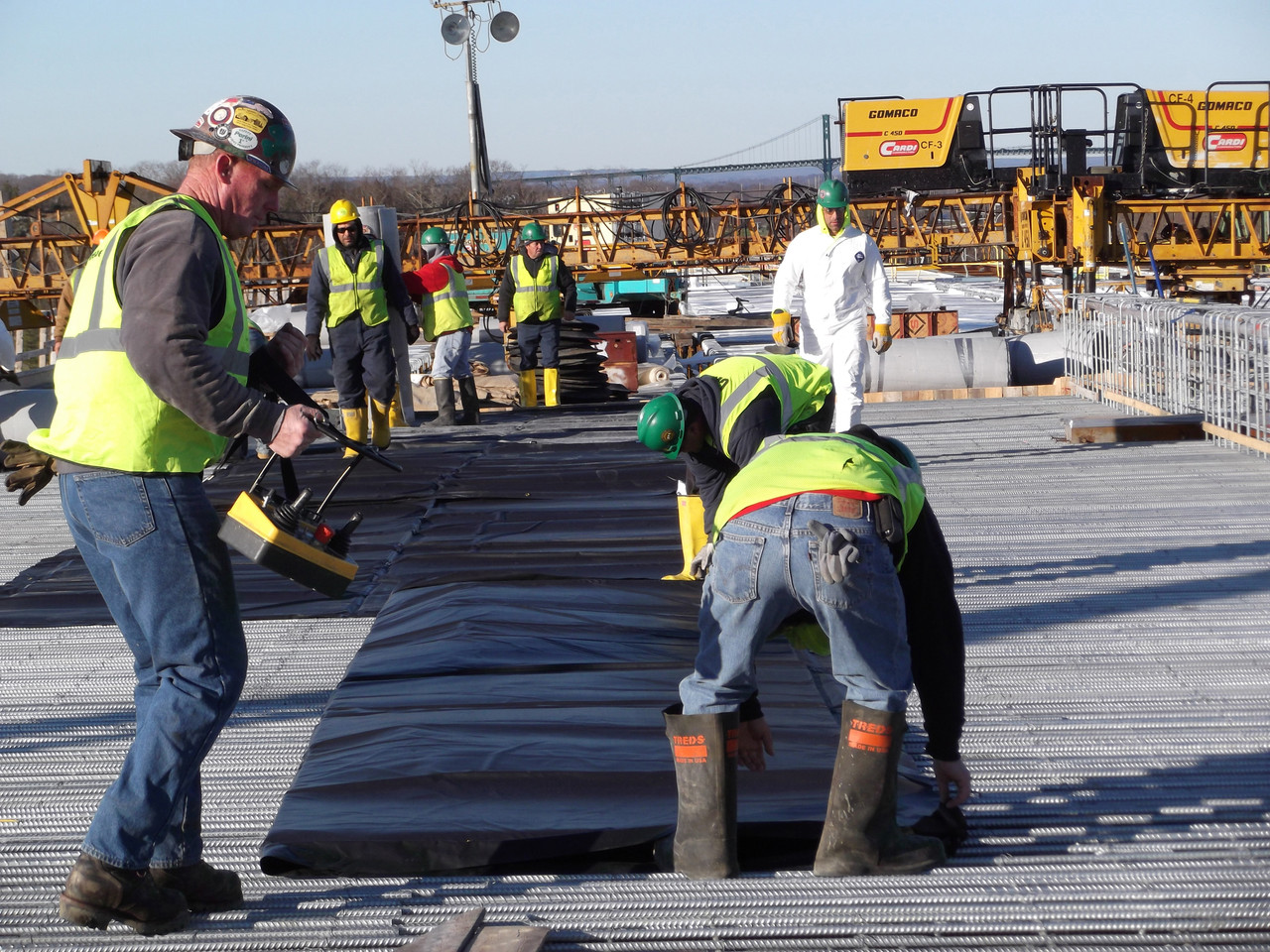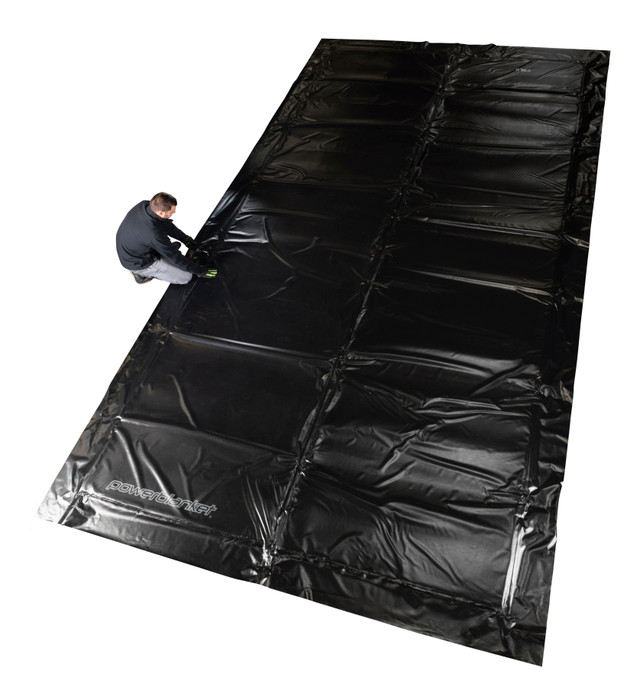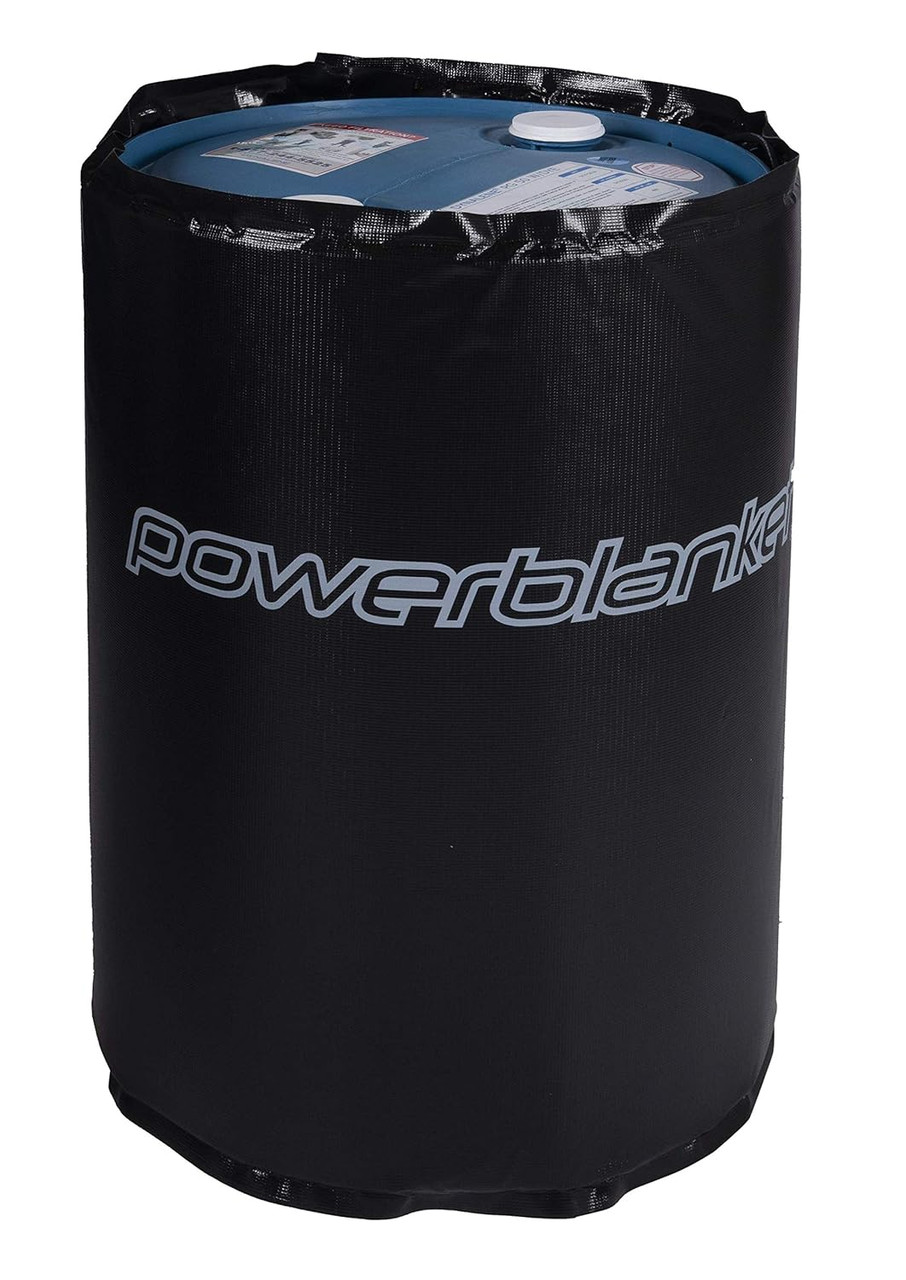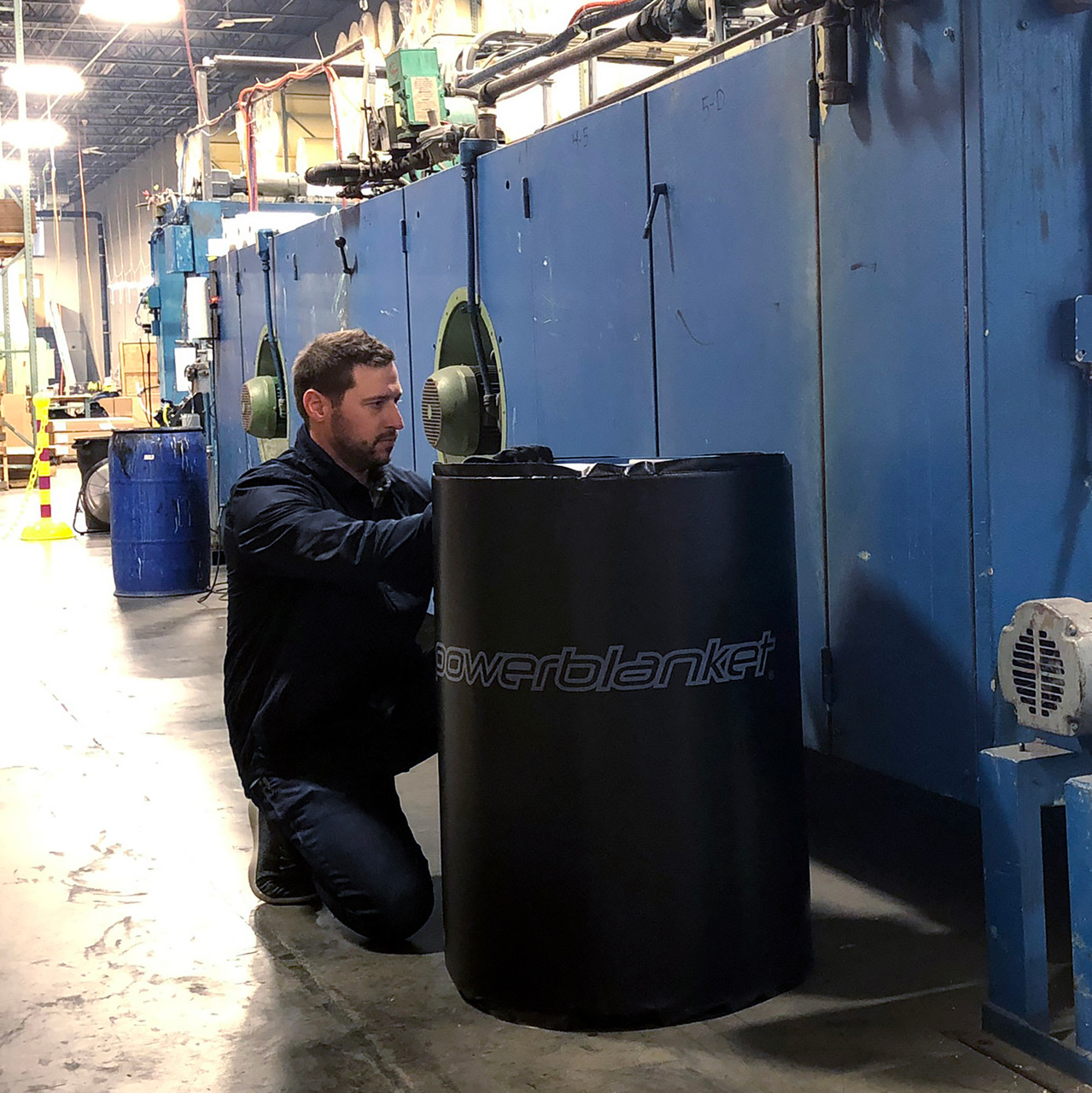What Are The Pros And Cons of Blanket Heaters?
16th Apr 2024
When winter arrives, industries seek efficient methods to maintain operations without excessive spending. Industrial blanket heaters, such as concrete heaters and drum heaters, directly warm the necessary materials and equipment, providing effective targeted heating during the cold months. This ensures critical warmth right where it's needed, without the need to heat entire facilities, thus reducing energy costs.
In this blog, we'll cut straight to the chase and tell you how industrial blanket heaters work, types, pros & cons. Let’s get started!
How Does a Blanket Heater Work?
An industrial blanket heater, works by passing electricity through wires woven into the fabric, generating heat. It has adjustable settings to control the warmth level, to ensure personalized comfort. This design allows for efficient, targeted heating directly to the industrial item.
Types of Industrial Blanket Heaters
Let's dive into the various types available, tailored to fit specific warming needs:
1. Heat Blankets for Concrete
Specialized heat blankets for concrete are essential for maintaining proper curing temperatures in cold weather construction projects. It helps keep the concrete warm as it cures in cold weather. This ensures that the concrete sets properly, avoiding cracks and structural issues.
2. Drum Heating Blanket
Industrial drum heating blankets are crucial for maintaining optimal temperatures of materials in drums and barrels to ensure process efficiency. These blankets wrap around the drum, and evenly distribute the heat to prevent freezing and maintain a specific processing temperature. They are important for temperature-sensitive materials to ensure safety and efficiency in operations.
Pros & Cons Of Heated Blankets
Before you buy blanket heaters, it's advised to learn all about the pros and cons of heated blankets. Let’s look into what they are:
Pros of Concrete Heating Blankets
- Enhanced Curing Process: Concrete heating blankets help maintain optimal temperatures for concrete curing, which is crucial in cold weather. This ensures that the concrete gains strength properly and uniformly, preventing cracking and structural weaknesses.
- Year-Round Construction: By using heating blankets, construction and concrete work can continue throughout colder seasons, reducing downtime and avoiding delays in project timelines.
- Energy Efficiency: These blankets provide direct heat to the concrete, minimizing energy wastage compared to more generalized heating solutions, such as ambient heaters that warm the entire construction area.
- Uniform Heat Distribution: Concrete heating blankets distribute heat evenly across the concrete surface, eliminating hotspots that can cause uneven curing and potential damage to the material.
Cons of Concrete Heating Blankets
- Cost Considerations: While effective, concrete heating blankets can be an expensive upfront investment, particularly for large-scale construction projects where extensive coverage is needed.
- Handling and Storage: These blankets need to be handled carefully to avoid damage to heating elements and insulation. Proper storage is also necessary to ensure longevity, adding to the operational considerations.
- Limited to Surface Contact: The effectiveness of the heating is significantly reduced if the blanket does not have proper contact with the concrete surface, which can be challenging on uneven surfaces.
Pros of Drum Heating Blankets
- Product Viscosity Control: Drum heating blankets maintain a consistent temperature to keep materials at optimal viscosity for processing and use, which is crucial for substances like oils, chemicals, and food products.
- Safe Heating Method: Compared to traditional band heaters, drum heating blankets distribute heat evenly, reducing the risk of overheating and spoiling the drum contents.
- Easy Installation and Removal: These blankets are designed to wrap around drums effortlessly, making them easy to install and remove without needing specialized tools or extensive downtime.
Cons of Drum Heating Blankets
- Insulation Requirements: To maximize efficiency, drum heating blankets must be used with proper insulation. Without this, heat loss can be significant, leading to higher energy costs and reduced heating effectiveness.
- Size and Fit: It's crucial that the blanket fits the drum perfectly to ensure efficient heat transfer. Incorrect sizing can lead to poor heating performance and increased energy consumption.
- Dependency on External Conditions: The performance of drum heating blankets can be affected by external temperatures and environmental conditions. In extremely cold environments, additional heating solutions may be necessary to achieve desired temperatures.
Shop All Types of Heated Blankets at JB Tools
Browse JB Tools' extensive collection of heated blankets to find the ideal option that meets your specific warming needs. We are an official Power Blanket partner and are offering a versatile range of blanket heaters at a discounted price.

